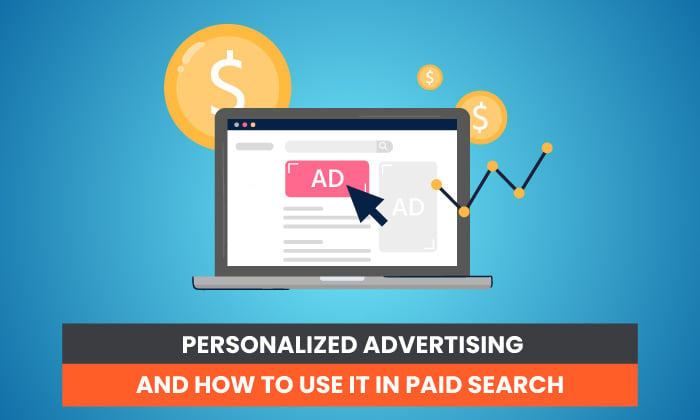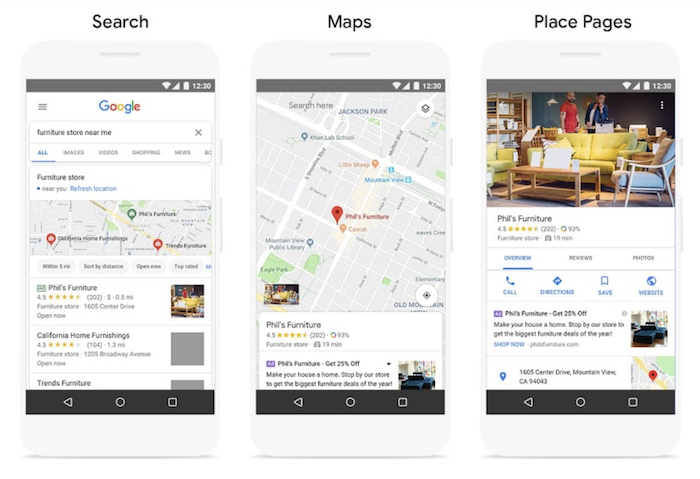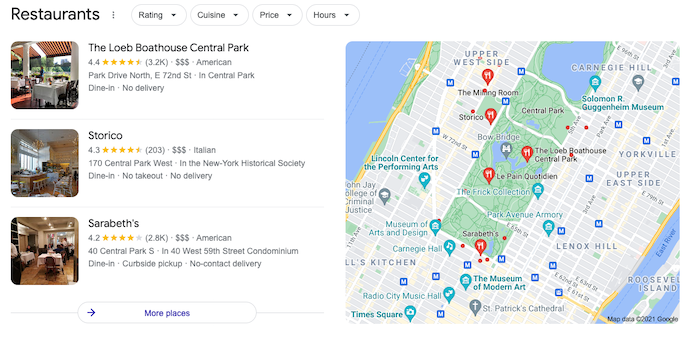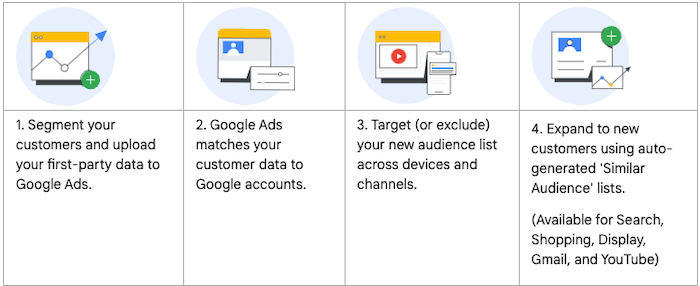When I think of today’s CMOs and the vast amount of consumer data at their fingertips, I envision children waking up on Christmas morning to discover the gift of their dreams — only to find out they can’t play with it.
For a number of reasons, the reality of Big Data hasn’t lived up to its hype:
- In many organizations, the data was collected by different departments through different channels for different reasons, and no one is sure how to combine it into a unified whole.
- Even experienced analysts aren’t sure what to do with this much data, especially when it comes to what’s called “unstructured data,” like social media posts, emails, images, videos, etc.
- Consumers are becoming more aware of the amount of data businesses collect and, while they’re often willing to share it, they expect something of value in return.
- Governments around the world are enacting legislation to make data more secure and to limit the ways organizations can use it without consumer consent.
And that’s just today; we haven’t even started talking about the Internet of Things (IoT) yet. With the International Data Corporation (IDC) predicting that, by 2025, there will be 41.6 billion connected devices generating 79.4 zettabytes of data, we’re just getting started.
Back to our Christmas analogy, it’s kind of like getting the bike you wanted and then realizing your feet can’t even reach the pedals! Today’s CMOs need a growth spurt — fast!
Developing CMOs for tomorrow
If you’ve got to learn a lot in a short amount of time, it’s always nice to know what’s going to be on the exam. Here are the things I think CMOs need to be working on to be successful over the next few years:
Finagle your way into the boardroom
Everything businesses thought they knew about customers has been totally disrupted, and somebody has to tell the CEO (who probably has a finance or operations background and equates marketing with advertising). Today’s CMO needs to be part reality-checker and part soothsayer, helping the board accept these new realities:
- It’s all about customer experience: Having the right products at the right price matters far less than it used to. Customers want to feel like the stores they visit care about them. They want a relationship and the personalization that follows.
- The secret is out: Customers know businesses are tracking their every move, and most are willing to accept it if they get something of value in exchange and are comfortable that their data is secure.
- There’s a wealth of insights to be gained from all of that data, but extracting those insights is exponentially harder than it used to be and requires new approaches applied by people with new skills.
- Some competitors are already pushing the envelope. If their initiatives succeed, we’d better be prepared to catch up fast — so let’s lay the groundwork now.
CMOs who focus only on the next marketing campaign will fail, and so will the organizations they work for. You absolutely have to be part of setting your organization’s strategic direction. If you need help getting a seat at th table, find an ally. The CIO is a good candidate, as are executive-level leaders from operations and product development.
Consolidate and clean up the organization’s data
This one takes some legwork, but it’s important. Businesses already collect more data than they can analyze effectively, something made even harder when that data is scattered in different departments, collected and stored in different formats, etc. John Hernandez, CEO of the Selligent Marketing Cloud, put it well: “The biggest data-related challenge will be consolidation and a full 360-degree view of the customer relationship.”
The first step is to make allies in every department. You’re going to need their help, so before you ask them to take on such a big task, spend some time hanging out in each functional area. Find out what kind of data they use, how they collect it, where they store it, and what they do with it. This step is critical to laying the groundwork for developing a holistic approach to data management.
(The consolidation itself — gathering all of that information into one database, correcting errors, eliminating duplicate records, etc. — is beyond the scope of this article, but may I recommend taking your CIO to lunch?)
Hire the right talent
The traditional approach to analytics was based on structured data stored in precise fields: name, email, phone number, etc. While that information is still valuable, it’s only a tiny part of the picture in today’s world, where about 80% of the new data generated is unstructured.
Many of today’s organization lack the skill sets to work with unstructured data, and that’s especially true when it comes to pairing unstructured data with structured data and deriving actionable insights.
Machine learning and AI, on the other hand, can do things like combining historical weather patterns with CCTV footage to determine the effect weather has on the way customers shop. They can withdraw sentiment from social media posts and compare it with purchase history to determine the emotional factors that drive purchasing behaviors.
If you haven’t already changed your job descriptions to accommodate this new skill set, I’d advise you to do so right away. Look for developers and analysts who not only have experience in AI and machine learning but who also understand the type of information business leaders need to make good decisions.
Get ahead of legislation
So far, technology has been advancing so quickly that legislation can’t keep up with it. Expect that to change. The EU’s General Data Protection Regulation (GDPR) set the expectation that consumer data belongs to the consumer, not the organization that collects it. It also foreshadowed the fact that, as consumers become more aware of just how much of their data is out there on the internet, they’re becoming more proactive when it comes to protecting that data.
And, while the GDPR may hog the spotlight, it’s far from the only legislation regarding data privacy and security. In the U.S., California has passed the California Consumer Privacy Act, which, in some instances, is just as strict as the GDPR, and in others (e.g., the Internet of Things) even more so. Other countries with similar legislation include Argentina, Canada, Brazil, and Denmark, just to name a few. I’ve created an interactive map with the list of countries with privacy legislation, as well as those where legislation has been proposed.
Adopt privacy by design
It’s almost impossible to keep up with pending legislation, especially if you operate globally. It’s much easier to adopt a policy of privacy by design, meaning that the highest standards of privacy are built into your data collection and analysis processes. (One such step, for example, may be to use only data that you collect yourself rather than data you collect from a third party.)
Adopting privacy by design is a dual win: You won’t have to be constantly scrambling to keep up with changing legislation, and your customers will love you. Privacy by design sends a strong signal to customers that you value them and their data and are not trying to exploit them for your own gain. (Note: If you need a hand getting started with a programmatic approach to privacy management, join my Martech workshop in Boston on Sept. 16.)
As a bonus, an ethical approach to data is likely to appeal to Millennials, who tend to be values-driven. And, since they make up 35% of the workforce, you’ll likely be looking to millennials to find the skills you need.
Spread the word!
Once you’ve completed all of the other steps, and you feel confident that you’re compliant with current legislation and that you’ve addressed consumers’ concerns, it’s time to make data privacy and security part of your branding.
Transparency
How do you do that? By being transparent with your customers: sharing information about your use of consumer data and making it easy for them to find that information. Whether it’s a tab on your navigation menu or a link in your footer, give it a label that clearly states, “This is where you come to learn more about our use of data.”
Choice
Another good way to earn trust is by giving consumers a choice in what data they’re willing to share and when/how they’re willing to do it. One approach is to design a toggle list that lets consumers know what they’ll gain by sharing a particular type of information, then leaving it to them to toggle “on” or “off.”
When it comes to email campaigns, remind customers that they can choose to stop receiving emails at any time. Give them a toggle board where they can let you know which types (if any) of emails they want to receive.
Social media and blog posts
Consistently sharing your commitment to data privacy and security shows customers that you’re really committed and aren’t just pencil-whipping some compliance requirements. Write a blog post updating them on the latest developments when it comes to privacy and security, and point them to your own policy if they have any questions. When you see posts about privacy and security on social media, share them with a comment that reiterates your own commitment. The more you do this, the more consumers will associate your organization with privacy and security, until they become as much a part of your brand as your logo, trademark, etc.
CMOs for 2019 and beyond
CMOs play a much more strategic data role than they used to — or, at least, they should. I challenge you to do a quick self-assessment. If you see that you’re lagging behind in any of the skills discussed here, take the time to catch up while you still can. There’s a really exciting future waiting for CMOs who are ready for it. And your organization is counting on you (even if they don’t fully realize it yet).
More about the MarTech Conference
Opinions expressed in this article are those of the guest author and not necessarily Marketing Land. Staff authors are listed here.
This marketing news is not the copyright of Scott.Services – please click here to see the original source of this article. Author:
For more SEO, PPC, internet marketing news please check out https://news.scott.services
Why not check out our SEO, PPC marketing services at https://www.scott.services
We’re also on:
https://www.facebook.com/scottdotservices/
https://twitter.com/scottdsmith
https://plus.google.com/112865305341039147737
The post The most important skills for tomorrow’s CMO: Data analysis, privacy and security appeared first on Scott.Services Online Marketing News.
source
https://news.scott.services/the-most-important-skills-for-tomorrows-cmo-data-analysis-privacy-and-security/
















